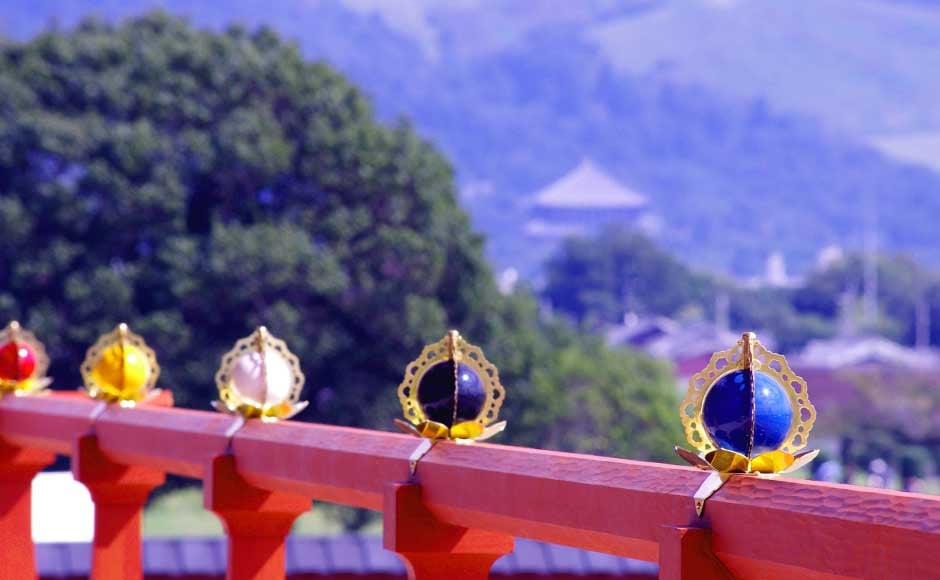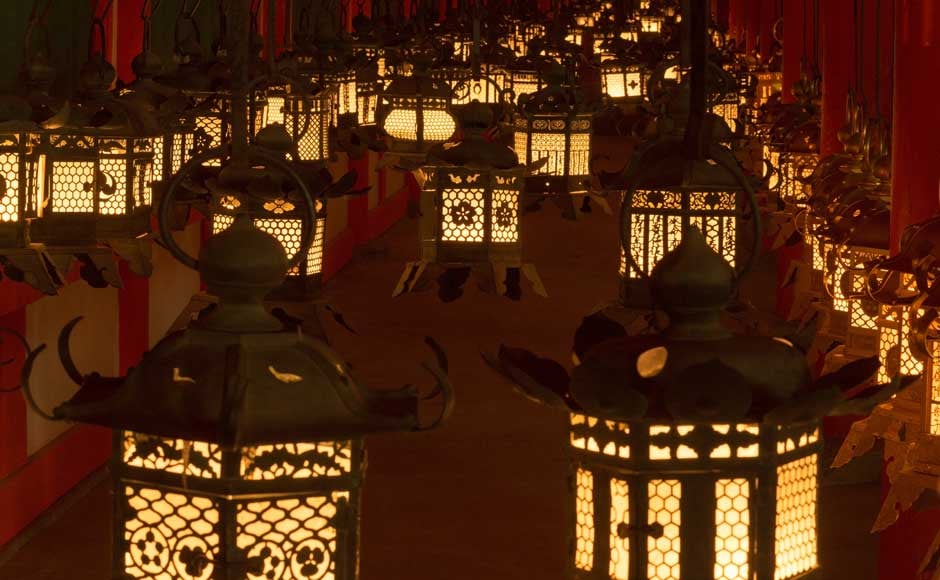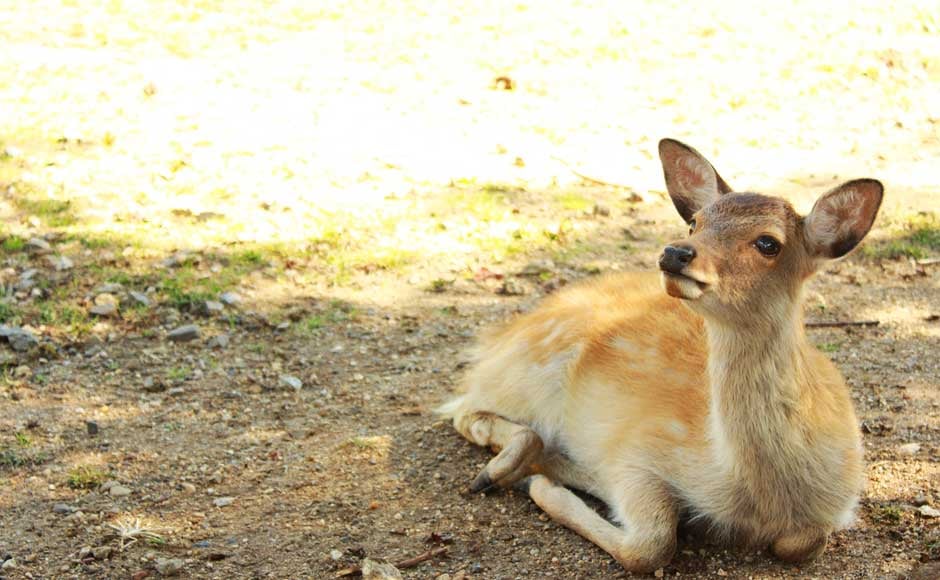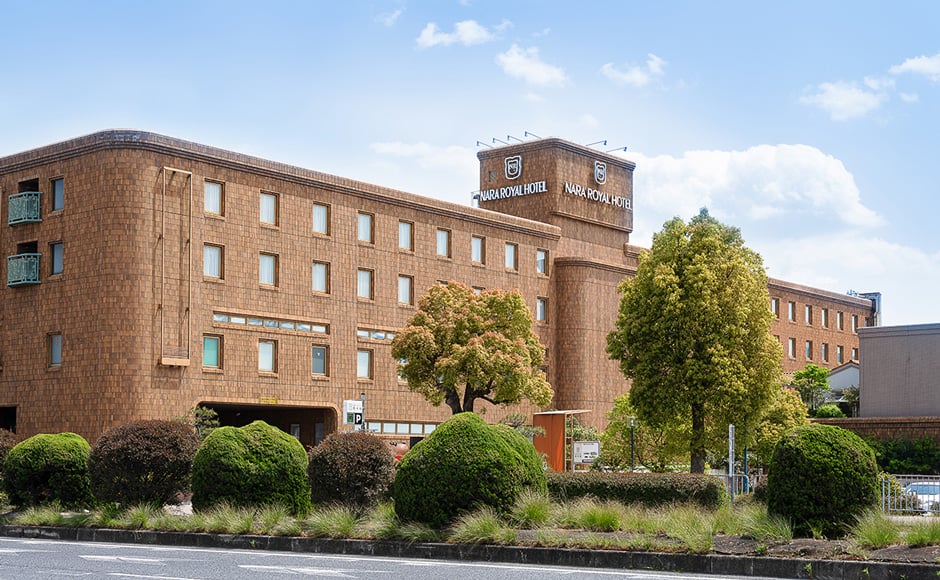Nara Prefecture is an ancient capital with 1,300 years of history, where visitors can encounter traditional Japanese architecture and Buddhist statues that are registered national treasures and important cultural assets. Nara can be accessed from Tokyo via Kyoto, on trains of JR or Kintetsu Lines. From Kansai International Airport, Nara can be accessed in about 85 minutes using the Airport Limousine Bus. The three areas of Nara, ”Buddhist Architecture of Horyuji Temple Area”, “Cultural Assets of Ancient Capital Nara” and “Spiritual Sites and Pilgrimage Routes of Kii Mountains” are registered World Heritage Sites, which are popular sites and highlights of journeys to this area. There are eight sites in Nara City and ten sites in Yoshino County that are registered World Heritage Sites, which makes this area attractive for making an efficient journey through important historical sites.
Nara of course is famous for Buddhist statues, but there are 14 sites of temples and shrines that house Buddhist statues that are registered national treasures. Todaiji Temple, Toushoudaiji Temple, Yakushiji Temple, Hokkeiji Temple and the like can be found in Nara City alone. Other famous sites include Horyuji Temple, Chuguji Temple and Abemonjuin Temple. Visiting shrines and temples in combination with sites popular for their flowers may be a good idea as well. There are also matchmaking sites among various shrines and temples, where good luck charms and “omikuji” oracles are popular among female visitors. Visitors can also experience some Buddhist practices, such as “shakyo” sutra copying and “zazen” zen meditation.
The abundant nature offers such attraction that it itself suffices as a reason to visit this area. The mountain scenery features rough and rocky ridges, deep gorges and series of waterfalls. The rural scenery in Nara Basin, for instance, features nature in harmony with numerous cultural heritage sites that dot the area, to make up an even more beautiful scenery. There are also habitats of large mammals, such as deer, seen at Odaigahara Plains, as well as “kamoshika” Japanese serow, black bear and the like. Deer at Narakoen Park are not bred but are wild animals that are protected with great care. Tsukigase is famous for plum blossom viewing, while Mount Kounoyama and Mount Katsuragaisan feature azalea in full bloom at the summit. Sceneries that change from season to season is also an attraction of Nara.
Courageous festivals and awe inspiring traditional events. Visitors are also recommended to visit the area in time for special viewings of hidden treasures and Buddhist artifacts that are ordinarily hidden from public viewing. There are ancient baths and secret hot spas deep into Mount Yoshinosan where historical figures apparently visited for their spa treatments, while Nara is also the original site of Japanese tea and “manju” as well as “sumi”. Visitors are invited to incorporate such traditional cultures that are born in Nara as an essential component of their visit. Nara is indeed profound, with attractive power that provides spiritual healing.














